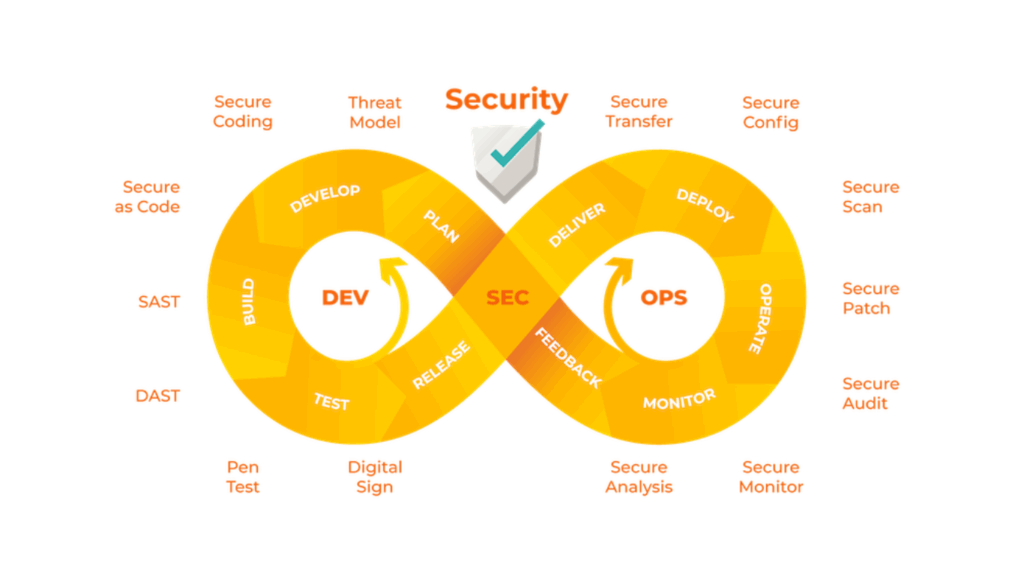Introduction: The Power of Clean Data in CRM
In the digital-first business world of 2025, data is everything. Salesforce, the world’s leading customer relationship management (CRM) platform, runs on data-driven decisions. But what happens when the data entered is incomplete, inaccurate, or inconsistent? That’s where Validation Rules in Salesforce come into play.
Whether you’re pursuing a Salesforce admin certification, enrolled in Salesforce admin training, or simply Googling “Salesforce classes near me,” understanding validation rules is essential. These rules act like guardians at the gate, allowing only valid data to enter your CRM system.
In this comprehensive guide, we’ll break down the importance of Validation Rules in Salesforce, how they work, real-world examples, best practices, and how learning them through the best Salesforce training online can enhance your tech career.
What Are Validation Rules in Salesforce?
Validation Rules in Salesforce are formulas or expressions used to verify that the data entered into a record meets the standards or business requirements before the record is saved. If the conditions are not met, Salesforce displays a custom error message and stops the record from being saved.
Why Are They Important?
They ensure:
- Accurate data entry
- Compliance with business logic
- Improved report reliability
- Reduced operational errors
Core Elements of a Validation Rule
To fully understand Validation Rules in Salesforce, let’s look at its three main components:
- Formula Expression: A logical statement that evaluates to TRUE or FALSE.
- Error Message: The feedback message shown to the user when the rule fails.
- Error Location: Either at the top of the page or beside a specific field.
Real-World Example of a Validation Rule
Suppose a business wants to ensure that when a lead is marked as “Qualified,” an email address must be entered.
Validation Rule:
AND(
ISPICKVAL(Status, "Qualified"),
ISBLANK(Email)
)
Error Message: “Please enter an email address for qualified leads.”
This rule prevents incomplete data entry, improving follow-up quality and sales pipeline accuracy.
How Validation Rules in Salesforce Support Admin Training
In every reputable Salesforce admin training online, understanding validation rules is a must. These rules are frequently tested in certification exams and are used in almost every real-world Salesforce implementation.
You’ll learn:
- Syntax and logic expressions
- How to create and test rules
- How to troubleshoot errors
- When to use validation vs automation tools
Use Cases: Where You’ll See Validation Rules
1. Mandatory Fields Based on Picklist Values
If the “Stage” is “Closed Won,” then “Amount” must not be blank.
AND(
ISPICKVAL(StageName, "Closed Won"),
ISBLANK(Amount)
)
2. Date Validations
Prevent users from entering a past date.
CloseDate < TODAY()
3. Format or Length Restrictions
Ensure phone numbers are exactly 10 digits.
LEN(Phone) <> 10
4. Cross-Object Checks (Indirect)
While direct cross-object Validation Rules in Salesforce is not supported, formula fields and lookups can be used to simulate it.
The Role of Validation Rules in the Admin Certification
If you’re working toward Salesforce certification training, expect scenario-based questions involving validation rules. Example:
Question:
You need to ensure that when an Opportunity is in the “Negotiation” stage, the “Discount” field must be completed. How would you enforce this?
Answer:
By creating a validation rule like:
AND(
ISPICKVAL(StageName, "Negotiation"),
ISBLANK(Discount__c)
)
Such hands-on learning is emphasized in Salesforce admin training programs, especially those with real-time project work like those offered at H2KInfosys.
Benefits of Validation Rules in Salesforce
- Improved Data Quality
Enforce standards, formats, and completeness. - Streamlined Business Processes
Reduce bottlenecks and backtracking caused by missing data. - Fewer Manual Reviews
Reduce reliance on human checks before processing data. - Higher Automation Accuracy
Automation tools like flows and process builders perform better with clean data. - Better Reporting and Dashboards
Data accuracy ensures your KPIs and forecasts are on point.
Hands-On Tutorial: Creating a Validation Rule
Let’s walk through how to create Validation Rules in Salesforce:
Step-by-Step Instructions
- Login to Salesforce
Navigate to Setup > Object Manager - Select an Object
For example, choose “Lead” - Click on Validation Rules
Then click “New” - Enter Rule Details
- Rule Name:
Require_Email_For_Qualified_Lead - Formula: SalesforceCopyEdit
AND( ISPICKVAL(Status, "Qualified"), ISBLANK(Email) ) - Error Message: “Email is required for qualified leads.”
- Error Location: Field (Email)
- Rule Name:
- Save and Test
Try entering a qualified lead without an email to see the rule in action.
Enhancements in Validation Rules in 2025
Salesforce has made several enhancements that make working with Validation Rules in Salesforce easier and more powerful in 2025:
1. AI-Powered Rule Suggestions
Einstein AI now reviews common user errors and suggests potential rules.
2. Template Library
Admins can import community-built rule templates, reducing setup time.
3. Rule Versioning
Admins can now maintain versions of rules to track logic changes.
4. Real-Time Preview Tool
Test and preview Validation Rules in Salesforce before activation without affecting live data.
Common Mistakes to Avoid
- Using ISNULL Instead of ISBLANK
ISBLANK is recommended for most modern fields. - Not Considering Automation Impact
Workflows and flows might fail if not designed to bypass strict rules. - Overusing Validation Rules
Too many rules can frustrate users. Strike a balance. - Ignoring Error Location
Always place error messages where users can see and fix them easily.
Best Practices for Validation Rules
- Use Logical Naming
Avoid generic names like “Rule1” — go withCloseDate_Must_Be_Future. - Keep Formulas Simple
Break complex logic into multiple rules. - Test in Sandbox
Never deploy untested rules in production. - Document Your Rules
Add comments or a Wiki page explaining the purpose of each rule. - Avoid Conflicts with Processes
Coordinate validation rules with other automation components.
Validation Rules vs Workflows vs Flows
| Feature | Validation Rules | Workflow Rules | Flows |
|---|---|---|---|
| Purpose | Enforce data entry constraints | Automate record updates | Handle complex logic |
| Blocking Capability | Yes | No | No |
| Error Message | Custom error shown to users | None | Possible via screens |
| Best Used For | Data Quality Checks | Field Updates, Emails | Multi-step Business Processes |
How Salesforce Training Helps You Master Validation Rules
In any Salesforce admin training online, validation rules are a core component of the curriculum. You’ll work on case studies, scenarios, and practical exercises like:
- Creating role-based rules
- Enforcing mandatory fields
- Designing error-free logic
- Debugging rule conflicts
Courses like those offered at H2KInfosys include real-time project work where you’ll create and test validation rules in simulated business environments.
Validation Rules in Real-World Projects
Healthcare CRM Example
A rule ensures insurance information is provided for patients with “Insurance” as their payment method. This prevents errors in billing and speeds up claim processing.
Sales Pipeline Accuracy
A rule ensures that deals marked “Won” must include a signed contract attachment. This prevents revenue forecasting from including invalid deals.
Conclusion: Build a Stronger CRM with Validation Rules
The foundation of a trustworthy CRM system lies in clean, validated data. As automation and AI grow, so does the need for strict data governance. Validation Rules in Salesforce are your first line of defense in ensuring data integrity.
Want to build these skills from scratch or sharpen them with expert guidance?
Join H2KInfosys’ Salesforce admin training online and become the certified professional employers seek.




























